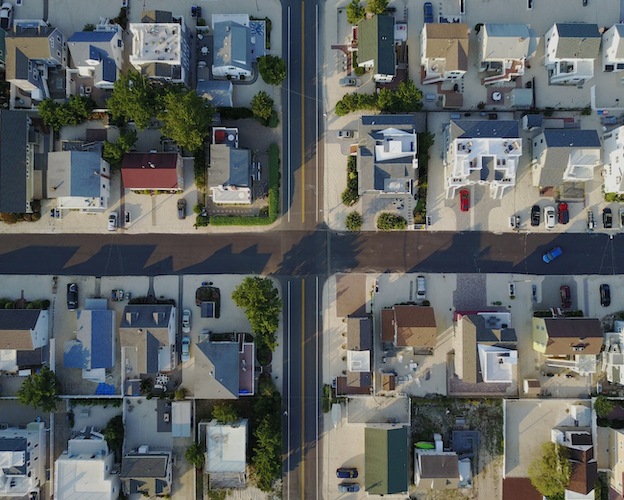In particular we focus on getting the loan structure right the first time, choosing which lenders to use in the right order (yes this is important) and finally getting our clients the best deal possible.
Investment loan rate changes APRA
As of December 2014, to curb investor borrowing the Australian Prudential Regulation Authority (APRA) encouraged the major banks and other deposit taking institutions to de-risk their lending books by making changes to lending standards mainly around investment loans. At that time APRA recommended banks restrict property investment loan growth to 10% or less in a year. However the response from the banks was initially largely ineffective. That said it was against the back drop of a very heated Sydney and Melbourne property market.
At the end of June 2015 APRA made a directive to the five main banks, ANZ, Commonwealth, NAB, Westpac and Macquarie Bank requiring them to increase the capital they hold against residential mortgages. At the same time they quietly forced the lenders to tighten their lending practices so that the line in the sand 10% annual speed limit would be met. Going forward, the banks will be forced to retain billions of extra capital which would have previously gone into Australian home loans.
As these changes wash through the system it means money will be harder and more expensive to obtain for property investors. Bigger deposits will be needed and increased obligations to prove their ability to service a loan will be required. On the flip side as banks try to re balance their lending books owner occupied loans will be become less expensive in comparison.
What affect will this have on investors and investor loan rates?
While previously first-time investors could acquire high loan to ratio values using mortgage insurance now many investors will need a full 20% deposit. Of course exceptions apply and some lenders have more room in their lending books for new investment loans than others. There are a few still doing 95% lends (inclusive of LMI) and many are still doing 90%. However these loans will carry an investor loan rate premium of some sort usually a higher rate and or higher fees especially if not coupled with a home loan.
Existing investors are experiencing a slight increase in investment loan rates, around 0.2%-0.5% pa, with the possibility of further increases. Additionally, almost all lenders have changed the way they assess borrowing power with stricter guidelines that lead to lower borrowing amounts being accepted.
Higher investor loan rate...the solution?
The current tightening in investor loans policies, means that there is no better time to enlist the help of a mortgage broker when acquiring an investment loan. In the current market, having access to a variety of options and having an expert that understands the differing policies in regards to serviceability and investment loan rates will ensure you receive the best investment loan rate relevant to your circumstances.
If you’re looking for a new investment property loan or looking to refinance an uncompetitive one let me and my team assist you to your advantage. 

Recent Posts
- Is now the time to access equity? APRA changes coming + Interest rate outlook
- Government Guarantee Scheme – an update on the changes from 1st October 2025
- Limited Deposit and don’t qualify for the government guarantee scheme? Up to 100% LVR loans available
- Government grants and schemes - to help you into the market
- Is Darwin property about to go Boom?
- Comparing interest rates (Western Democracies)
- Stage 3 Tax cuts - how will it effect your borrowing capacity?
- Property Share Loan Structure
- SMSF Property Investing & Lending - Back on the agenda
- Could the next move in interest rates be down?
































